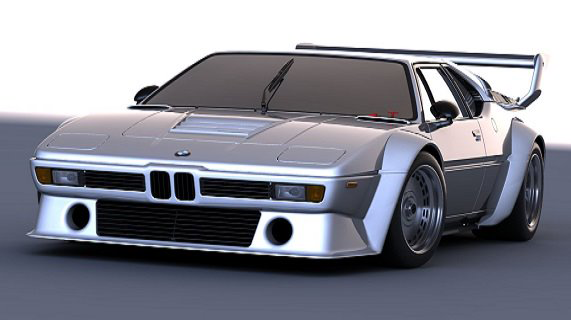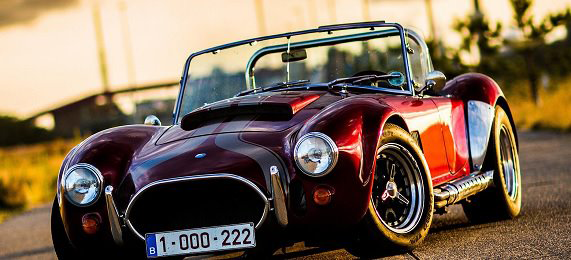Tuner Cincinnati
Smyth Imported Car Service Inc.| Tuner Cincinnati


Smyth Imports understands Tuner cars. We provide tuning services along with repair and service. We were established in Ireland 1934 over 88 years in the industry.
Car tuning is modification of the performance or appearance of a vehicle. For actual "tuning" in the sense of automobiles or vehicles, see engine tuning. Most vehicles leave the factory set up for an average driver's expectations and conditions. Tuning, on the other hand, has become a way to personalize the characteristics of a vehicle to the owner's preference. Cars may be altered to provide better fuel economy, produce more power, or to provide better handling.
Car tuning is related to auto racing, although most performance cars never compete. Tuned cars are built for the pleasure of owning and driving. Exterior modifications include changing the aerodynamic characteristics of the vehicle via side skirts, front and rear bumpers, spoilers, splitters, air vents and light weight wheels.
In the late 1970s, Italian manufacturer Lamborghini entered into an agreement with BMW to build a production racing car in sufficient quantity for homologation. The result was sold to the public, from 1978 to 1981, as the BMW M1. It was the only mid-engined BMW to be mass produced. It employed a twin-cam M88/&1 3.5 L 6-cylinder petrol engine with Kugelfischer mechanical fuel injection. A version of this motor was later used in the South African version of the BMW 745i, of which 209 examples were built between 1984 and 1986, as well as the E24 BMW M6/M635CSi and E28 BMW M5. The engine had six separate throttle bodies, four valves per cylinder and produced 277 PS (204 kW; 273 hp) in the street version, giving a top speed of 260 km/h (162 mph). Turbocharged racing versions were capable of producing around 850 hp (634 kW).
The BMW M1 Procar Championship, sometimes known simply as Procar, was a one-make auto racing series created by Jochen Neerpasch, head of BMW Motorsport GmbH, the racing division of automobile manufacturer BMW. The series pitted professional drivers from the Formula One World Championship, World Sportscar Championship, European Touring Car Championship, and other international series against one another using identically modified BMW M1 sports cars.
The M1 coupe was hand-built between 1978 and 1981 under the Motorsport division of BMW as a homologation special for sports car racing. The body was designed by Giugiaro, taking inspiration from the 1972 BMW Turbo show car. Originally, BMW commissioned Lamborghini to work out the details of the car's chassis, assemble prototypes and manufacture the vehicles, but Lamborghini's financial position meant that BMW reassumed control over the project in April 1978, after seven prototypes were built. Only 456 production M1s were built, making it one of BMW's rarest models. The spirit of the M1 lived on in the M635Csi and the first-generation M5, which use a modified version of the M88/1 engine, the M88/3.
The AC Cobra, sold as the Ford/Shelby AC Cobra in the United States and often known colloquially as the Shelby Cobra in that country, is an American-engined British sports car produced intermittently since 1962.
Like many British specialist manufacturers, AC Cars had been using the Bristol straight-6 engine in its small-volume production, including its AC Ace two-seater roadster. This had a hand-built body with a steel tube frame, and aluminium body panels that were made using English wheeling machines. The engine was a pre-World War II design of BMW which by the 1960s was considered dated. Bristol decided in 1961 to cease production of its engine and instead to use Chrysler 331 cu in (5.4 L) V8 engines. AC started using the 2.6 litre Ford Zephyr engine in its cars. In September 1961, Shelby airmailed AC a letter asking them if they would build him a car modified to accept a V8 engine. AC agreed, provided a suitable engine could be found. He first went to Chevrolet to see if they would provide him with engines, but not wanting to add competition to the Corvette they said no. Ford wanted a car that could compete with the Corvette and they happened to have a brand new thin-wall small-block engine which could be used in this endeavor. It was Ford's 260 in³ HiPo (4.2 L) engine – a new lightweight, thin-wall cast small-block V8 tuned for high performance. Ford provided Shelby with two engines. In January 1962 mechanics at AC Cars in Thames Ditton, Surrey fitted the prototype chassis CSX0001 with a 260 ci Ford V8 borrowed from Ford in the UK; the 221 ci was never sent. However, early engineering drawings were titled "AC Ace 3.6". After testing and modification, the engine and transmission were removed and the chassis was air-freighted to Shelby in Los Angeles on 2 February 1962.
Production proved to be easy, since AC had already made most of the modifications needed for the small-block V8 when they installed the 2.6 L Ford Zephyr engine, including the extensive rework of the AC Ace's front end. The most important modification was the fitting of a stronger rear differential to handle the increased engine power. A Salisbury 4HU unit with inboard disk brakes to reduce unsprung weight was chosen instead of the old ENV unit. It was the same unit used on the Jaguar E-Type. On the production version, the inboard brakes were moved outboard to reduce cost. The only modification of the front end of the first Cobra from that of the AC Ace 2.6 was the steering box, which had to be moved outward to clear the wider V8 motor.
